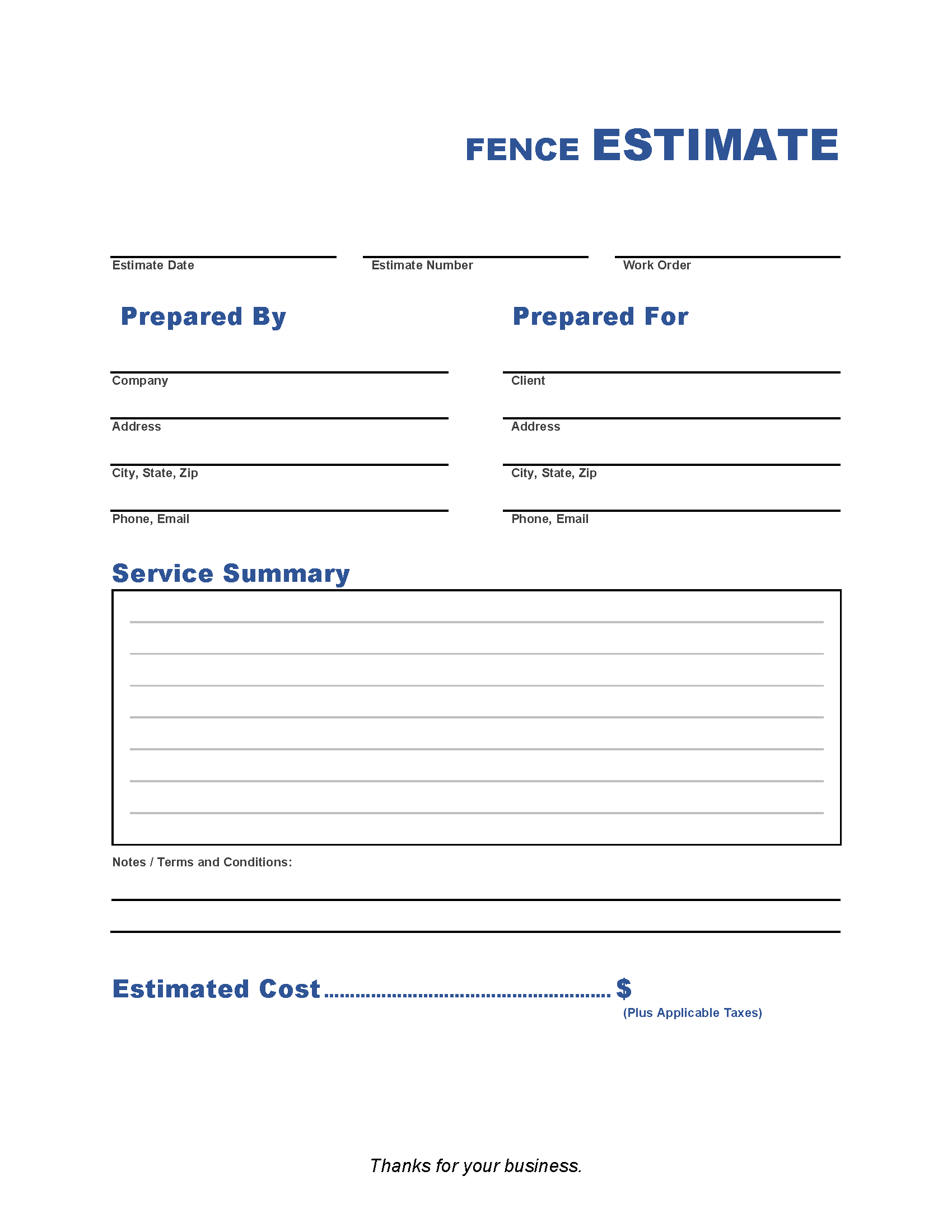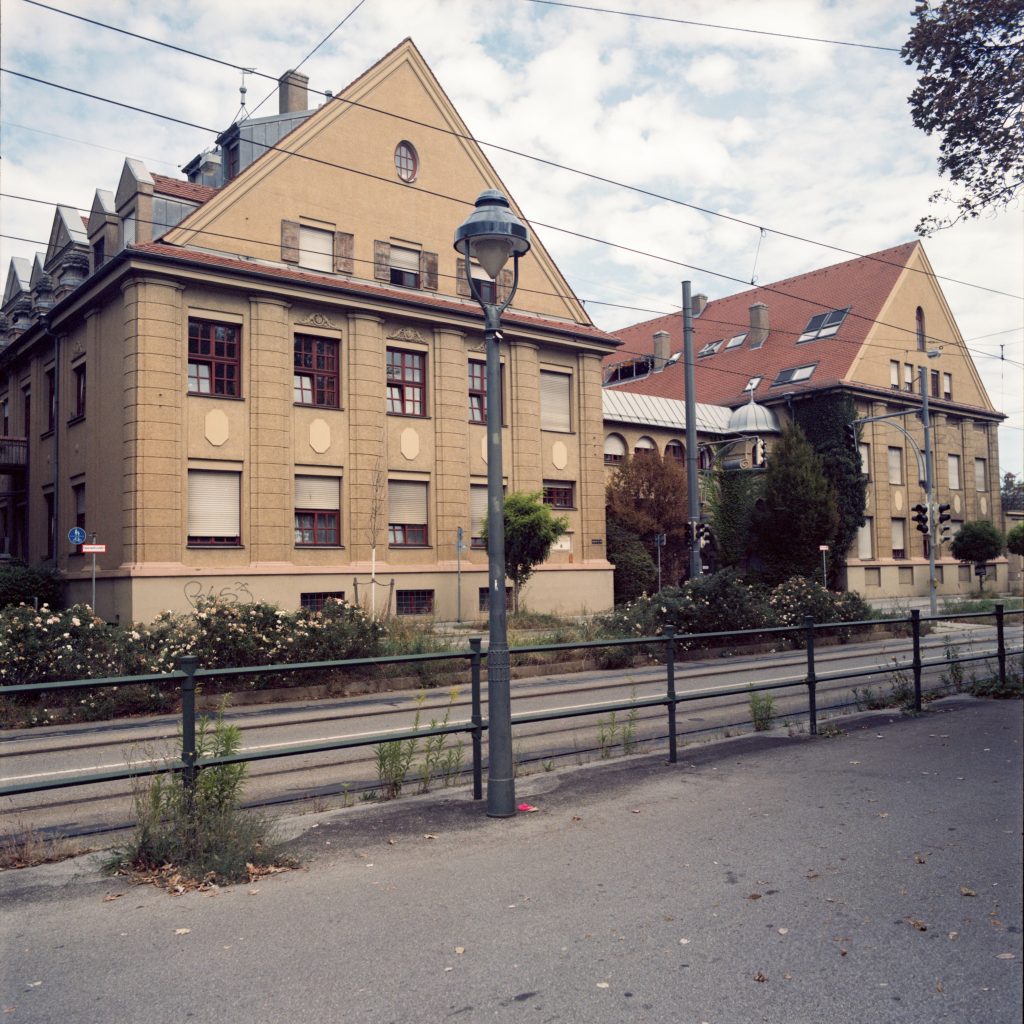Living Fence Construction: Plants, Planning & Maintenance

Table of Contents
Planning Your Living Fence
Before you even think about planting, careful planning is crucial for successful living fence construction. This ensures your living fence thrives and achieves its intended purpose.
Site Assessment and Design
Before purchasing any plants, conduct a thorough site assessment. This involves:
- Sun Exposure: Determine how much sunlight your chosen location receives throughout the day. Different plants have different sun requirements.
- Soil Type: Test your soil to determine its pH, texture, and drainage capabilities. This will influence plant selection.
- Local Climate: Consider your local climate, including rainfall, temperature extremes, and prevailing winds.
- Desired Dimensions: Decide on the desired height and width of your living fence. This will inform plant spacing and overall design.
- Layout and Obstacles: Sketch a design, noting curves, angles, and any obstacles like existing structures or underground utilities. Accurate measurements are essential for successful living fence layout.
Choosing the Right Location
The location of your living fence significantly impacts its success. Consider:
- Sunlight: Most plants need at least several hours of direct sunlight daily.
- Drainage: Well-drained soil prevents root rot. Poor drainage necessitates amending the soil with organic matter to improve its structure.
- Privacy and Windbreaks: Strategically placed living fences can provide excellent privacy and act as effective windbreaks, reducing energy costs.
- Water Sources: Proximity to water sources can impact plant health. Consider irrigation needs depending on your location and plant choices.
Obtaining Necessary Permits and Approvals
Always check with your local authorities before starting any living fence construction. You may need permits based on:
- Local Ordinances: Height restrictions, setback requirements, and plant species regulations vary by location.
- Zoning Restrictions: Some areas have strict regulations concerning landscaping and boundary plantings.
- Easements: Be aware of any easements that might affect your planting plans.
Selecting Plants for Your Living Fence
Choosing the right plants is paramount for successful living fence construction.
Choosing Native Plants
Prioritizing native plants offers significant advantages:
- Climate Adaptation: Native plants are naturally adapted to your local climate, requiring less maintenance.
- Reduced Maintenance: They are typically hardier and more resistant to local pests and diseases.
- Ecosystem Support: They support local ecosystems by providing habitat and food for native wildlife. Examples of suitable native plants vary greatly by region. Research the best options for sustainable fencing in your area.
Considering Plant Characteristics
When selecting plants, consider:
- Growth Rate: Fast-growing plants establish quickly, but may require more frequent pruning.
- Mature Size: Ensure plants will fit within the planned space without overcrowding.
- Hardiness: Choose plants that can tolerate your region's temperature extremes and soil conditions.
- Evergreen vs. Deciduous: Evergreen plants provide year-round screening, while deciduous plants offer seasonal changes in color and texture.
- Thorny Plants (Security): If security is a concern, thorny plants can deter intruders.
Sourcing Your Plants
Obtain healthy, disease-free plants from reputable sources:
- Local Nurseries: Nurseries offer expert advice and plants acclimatized to your region.
- Online Retailers: Online retailers offer a wider selection but require careful inspection upon arrival.
- Plant Propagation: Propagating your own plants from cuttings or seeds can be cost-effective and rewarding.
Living Fence Construction and Planting
With your plan and plants ready, it's time to build your living fence.
Preparing the Soil
Proper soil preparation is key:
- Soil Testing: Determine your soil's pH and nutrient levels. Amend as needed based on test results.
- Amending the Soil: Improve soil drainage and fertility by adding compost and other organic matter.
- Enrichment: Incorporate fertilizers or other soil amendments to enhance nutrient levels.
Planting Techniques
Follow these steps for successful planting:
- Spacing: Space plants according to their mature size to allow for growth.
- Planting Depth: Plant at the appropriate depth, usually to the same level they were growing in their containers.
- Watering: Water deeply and thoroughly after planting.
- Plant Supports: Use plant supports for taller varieties to prevent leaning or damage.
Initial Maintenance and Watering
Consistent initial maintenance is essential:
- Watering: Water regularly, especially during dry periods, to help plants establish strong root systems.
- Mulching: Apply a layer of mulch to retain soil moisture, suppress weeds, and regulate soil temperature.
Ongoing Maintenance of Your Living Fence
Maintaining your living fence ensures its long-term health and beauty.
Pruning and Shaping
Regular pruning is essential:
- Pruning Techniques: Use appropriate pruning techniques to maintain the desired shape and size.
- Hedge Trimming: Regular trimming keeps the fence neat and encourages dense growth.
- Maintaining Shape: Consistent pruning prevents overcrowding and promotes healthy growth.
Pest and Disease Control
Monitor your living fence for pests and diseases:
- Pest Control: Address pests promptly using appropriate methods. Consider organic pest control options whenever possible.
- Disease Control: Identify and treat diseases quickly to prevent spread.
- Plant Health: Good plant health is the best defense against pests and diseases.
Fertilizing and Soil Care
Regular fertilization helps maintain healthy growth:
- Fertilizing: Apply fertilizer according to the needs of your chosen plant species.
- Soil Testing: Periodically test your soil to monitor its nutrient levels.
- Soil Amendment: Amend the soil as needed to maintain optimal conditions.
Conclusion
Building a thriving living fence is a rewarding project that transforms your landscape. From careful planning and thoughtful plant selection to diligent maintenance, each step contributes to a beautiful and functional natural boundary. Remember the key benefits: enhanced curb appeal, environmental advantages, and increased property value. So, start planning your living fence construction today! Research plants suitable for your region and design a thriving living fence that will beautify your property for years to come. Build your own living fence, create a beautiful living fence – the possibilities are endless!

Featured Posts
-
 Alatfaqyat Almayyt Alardnyt Alswryt Twqeat Iyjabyt
May 29, 2025
Alatfaqyat Almayyt Alardnyt Alswryt Twqeat Iyjabyt
May 29, 2025 -
 Crear Un Seto Vivo Hermoso Y Funcional Tu Guia
May 29, 2025
Crear Un Seto Vivo Hermoso Y Funcional Tu Guia
May 29, 2025 -
 Covid 19 E Long Covid L Importanza Della Vaccinazione Secondo I Dati Ecdc
May 29, 2025
Covid 19 E Long Covid L Importanza Della Vaccinazione Secondo I Dati Ecdc
May 29, 2025 -
 2025s Best Office Chairs A Comprehensive Guide To Top Models
May 29, 2025
2025s Best Office Chairs A Comprehensive Guide To Top Models
May 29, 2025 -
 Tom Morello Rage Against The Machine I Kontra Me Ton Trump Kai I Sygkrisi Me Ton Springsteen
May 29, 2025
Tom Morello Rage Against The Machine I Kontra Me Ton Trump Kai I Sygkrisi Me Ton Springsteen
May 29, 2025
Latest Posts
-
 Augsburg M Net Firmenlauf Alle Infos Zum Heutigen Lauf
May 30, 2025
Augsburg M Net Firmenlauf Alle Infos Zum Heutigen Lauf
May 30, 2025 -
 M Net Firmenlauf Augsburg 2024 Ergebnisse Fotos And Infos
May 30, 2025
M Net Firmenlauf Augsburg 2024 Ergebnisse Fotos And Infos
May 30, 2025 -
 Juedische Sportler In Augsburg Rueckkehr Und Geschichte
May 30, 2025
Juedische Sportler In Augsburg Rueckkehr Und Geschichte
May 30, 2025 -
 Bayern Ermittlungen Gegen Frau Wegen Marihuana Verkaufs Im Automatenkiosk
May 30, 2025
Bayern Ermittlungen Gegen Frau Wegen Marihuana Verkaufs Im Automatenkiosk
May 30, 2025 -
 Warum Sie Zurueckkehrten Juedische Sportgeschichte In Augsburg
May 30, 2025
Warum Sie Zurueckkehrten Juedische Sportgeschichte In Augsburg
May 30, 2025
